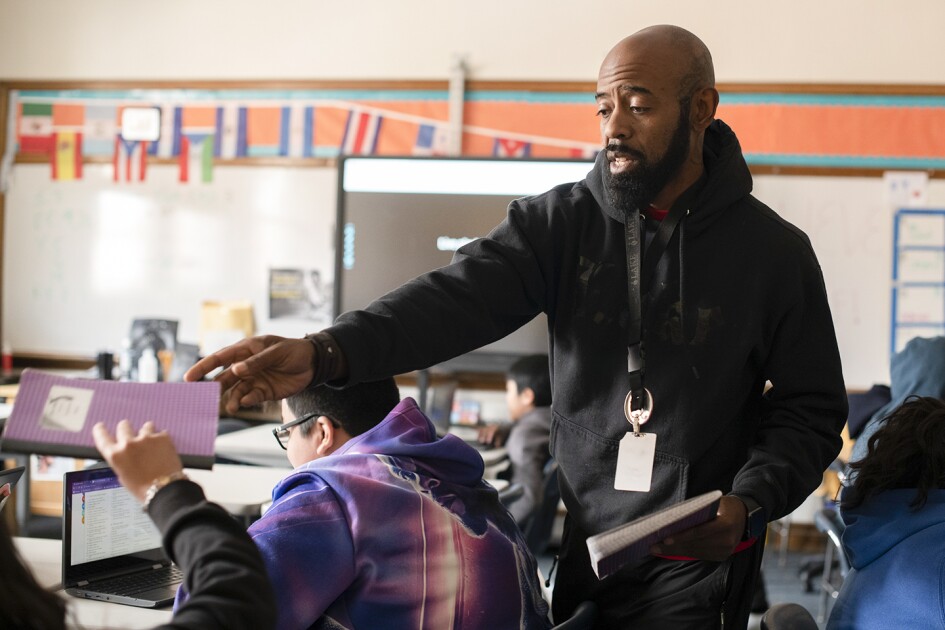The coronavirus is driving a steep and unprecedented increase in classroom costs that’s going to sweep through the nation’s school system as early as this fall.
In total, America will need to spend $41 billion, or 5 percent, more next year to roll out remote learning, expand food service for a growing number of low-income students, and extend the school year to make up for lost days, according to a recent analysis by Michael Griffith, a senior school finance researcher and policy analyst for the Learning Policy Institute.
Griffith has created an interactive tool to give an estimate of how much more money states will need next year to provide an adequate education in a post-COVID-19 world.
“A strong system of public schools will be an essential component of the economic recovery, enabling parents to get back to work while seeking to address the learning loss and trauma many children have experienced,” Griffith wrote in a blog posted on LPI’s website.
School districts’ budgets this year and next are expected to be slammed by a precipitous drop in sales and income sales tax revenue. States are estimating 2 to 30 percent budget deficits, all of which will fall heavily on school districts, especially those that are heavily reliant on state aid. Griffith, who has pushed for a bigger federal bailout for school districts, anticipates school districts to take a $188 billion hit to their revenue.
Meanwhile, administrators have dubbed the many months of learning students will miss between March, when schools started shutting down en masse, and this fall as the “COVID-19 Slump.” They have said they will need to launch intervention efforts to make up for that loss, including enhanced tutoring and smaller class sizes.
About 15 percent of children between 3 and 18 don’t have home access to the internet, according to a 2015 Pew Research Center analysis cited by Griffith. He assumes that districts will need to spend at least $500 per child to provide them with a device, Wi-Fi, and other software to conduct widespread distant learning this fall.
Finally, Griffith said many districts will have to extend the amount of classroom time by at least 20 days that students will need to make up in lost learning time either through summer school, extended learning day or an extended school year.
Griffith also said that school districts will have to provide lunches for at least 20 additional days if districts are expected to make up the time lost.
Use this interactive tool to explore how much more money states will have to spend next year along with what sort of revenue loss that state is expected to see in the coming years.









